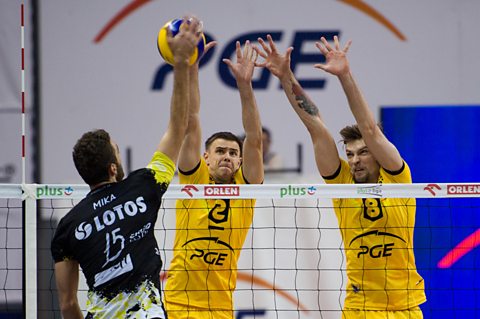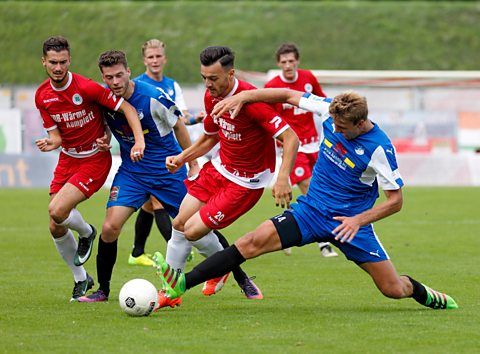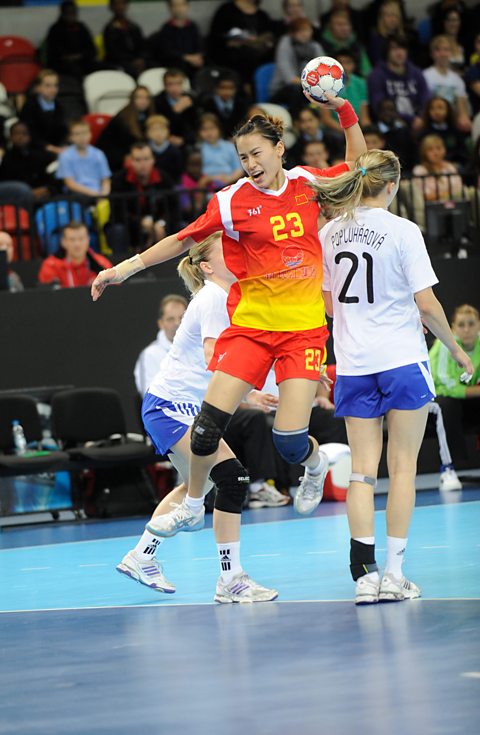How emotional factors interact with other factors
How emotional factors interact with mental factors
Primary emotional factor: resilience
Secondary mental factor: motivation
Take volleyball as an example. Not every spikeA move that sends the ball over the net to the opponent so that the ball cannot be returned. a performer attempts will result in a point; it often leads to a loss in the rally because it could:
- hit the net
- be blocked effectively by the opposition
In these situations, the performer needs to bounce back as there is another rally coming up.
Those who are very resilient could see an error boost their motivation as it increases their desire to make up for it and help their team even more. This is an example of how resilience could impact motivation.
- Being resilient could lead to a motivation boost after missing a spike in volleyball.
- This means that, instead of focusing on the miss, you have an increased desire to make up for it by helping your team get back into the game.
- This can lead to you giving your full effort when attempting to block future opposition spikes and preventing them from increasing their lead.

How emotional factors interact with social factors
Primary emotional factor: anger
Secondary social factor: etiquette
In football, when teams are losing, players can often get angry and commit dangerous tackles on opponents. With their anger still very high, they may refuse to:
- help their opponent up if the referee awards a free kick
- put the ball out for their opponent to be treated if the referee allows play to continue
In each of these cases, failing to control their anger leads to poor etiquette.
- Failing to control your anger, can lead to you displaying poor etiquette when losing a football match.
- This means your anger can lead to you putting in a bad tackle on an opponent, which the referee misses. Your anger leads you to show no sporting behaviour by continuing to play on, even though you know your opponent may be hurt.
- This can then lead to a decrease in respect between the two sides and your opponents getting angry at your lack of sporting behaviour.

How emotional factors interact with physical factors
Primary emotional factor: confidence
Secondary physical factor: penetration

Let's look at this interaction through handball. If a handball player is confident, they will take risks such as playing a difficult pass to their teammates when starting a fast break.
Often these risky passes play through the defensive lines of opponents and if successful, can get their teammate in behind the opposition and through on goal.
This is an example of how having full confidence in your abilities can lead to your team penetrating a handball defence.
- Being fully confident in your abilities can lead to you attempting a risky pass that penetrates a defence during a fast break in handball.
- By having full belief in yourself, you will take a risk and play a more difficult pass to initiate the fast break, by passing forwards between two opposition players to an on-running teammate.
- This leads to your teammate getting in behind the opposition defence and having a clear run and shot at goal.
More guides on this topic
- Factors impacting on performance - Introduction
- Impact of mental factors on performance
- Impact of emotional factors on performance
- Impact of social factors on performance
- Impact of physical factors on performance - Fitness
- Impact of physical factors on performance - Skills
- Impact of physical factors on performance - Tactics